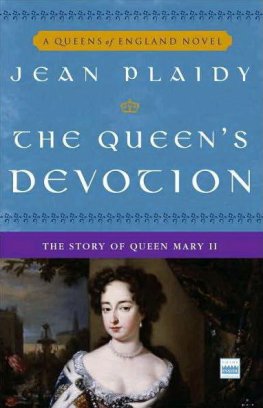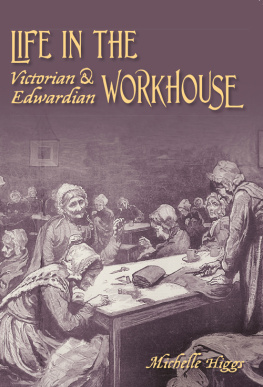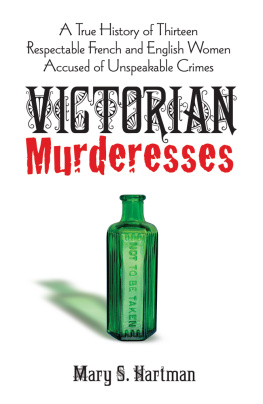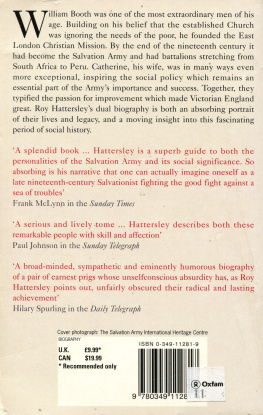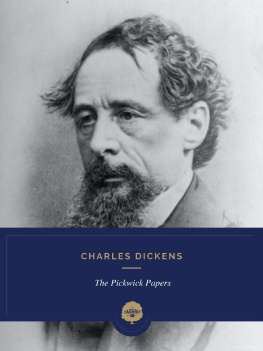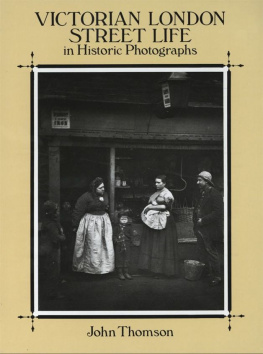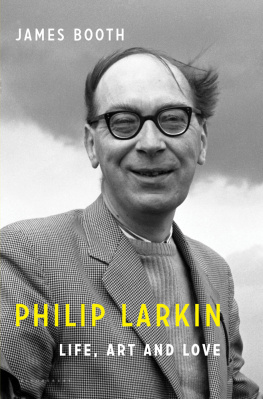First published in 1972 by George Allen & Unwin Ltd
This edition first published in 2016
by Routledge
2 Park Square, Milton Park, Abingdon, Oxon OX14 4RN
and by Routledge
711 Third Avenue, New York, NY 10017
Routledge is an imprint of the Taylor & Francis Group, an informa business
1972 George Allen & Unwin Ltd
All rights reserved. No part of this book may be reprinted or reproduced or utilised in any form or by any electronic, mechanical, or other means, now known or hereafter invented, including photocopying and recording, or in any information storage or retrieval system, without permission in writing from the publishers.
Trademark notice: Product or corporate names may be trademarks or registered trademarks, and are used only for identification and explanation without intent to infringe.
British Library Cataloguing in Publication Data
A catalogue record for this book is available from the British Library
ISBN: 978-1-138-66565-1 (Set)
ISBN: 978-1-315-61965-1 (Set) (ebk)
ISBN: 978-1-138-64474-8 (Volume 37) (hbk)
ISBN: 978-1-315-62856-1 (Volume 37) (ebk)
Publishers Note
The publisher has gone to great lengths to ensure the quality of this reprint but points out that some imperfections in the original copies may be apparent.
Disclaimer
The publisher has made every effort to trace copyright holders and would welcome correspondence from those they have been unable to trace.
VICTORIAN ASPIRATIONS
The Life and Labour of Charles and Mary Booth
BELINDA NORMAN-BUTLER
First published in 1972
This book is copyright under the Berne Convention. All rights are reserved. Apart from any fair dealing for the purpose of private study, research, criticism or review, as permitted under the Copyright Act, 1956, no part of this publication may be reproduced, stored in a retrieval system, or transmitted, in any form or by any means, electronic, electrical, chemical, mechanical, optical, photocopying, recording or otherwise, without the prior permission of the copyright owner. Enquiries should be addressed to the publishers.
George Allen & Unwin Ltd 1972
ISBN 0 04 923059 X
Printed in Great Britain
in 11 point Barbou type
by W & J Mackay Limited, Chatham
This book has always belonged to my mother and is dedicated to my two sisters with whom three is company
My reasons for writing about my grandparents, Charles and Mary Booth, are three. I knew and loved her for thirty years. I remember him clearly. While Charles Booths place in social history is well established, very little is known of that working relationship with his wife which puts their marriage into the Curie class, except that the Curies were never apart and the Booths seldom together.
Charles James Booth, a fair, spare, travelled individualist from the provinces, persuaded Mary Macaulay, a brilliant, brown-eyed, vehement London-Scottish girl, to marry him against the stream of her traditional instinct. His original mind was hidden under great reserve. She brimmed over with passionate likes and dislikes. These two totally opposite characters found great happiness and opportunity in their life together. Charles provided for his family by founding the Booth Steamship Company and incorporating it with his brothers leather business. Mary cherished her husband during several years of disturbing ill-health and shouldered the major responsibility of bringing up their six children. Once financially established Charles turned to urgent social problems and applied his own methods of scientific measurement to human need. From 1878 to 1914 he was away from England for at least three months of every year, and whether in the United States or in this country, he was seldom in one place for more than three nights at a stretch. He worked a weekly circuit between London, Liverpool and the Midlands, allowing himself a little more latitude between New York, Boston and Philadelphia. During these absences he consulted his wife daily, by letter, on every aspect of his business and his Inquiry. She entered into the details and decisions of both. She worked on all his manuscripts, rephrasing, regrouping, excising and condensing. Each year, for seventeen years, she saw one volume and several pamphlets through the press.
In her Memoir to her husband my grandmother characteristically does not mention her own contribution to his work. In Professor and Mrs Simeys book Charles Booth: Social Scientist, a remarkable picture is given of a new science and the man who initiated it, but from this angle only a part of Charles and scarcely anything of Mary can be seen. I felt therefore than an attempt should be made to set a family conversation piece in the Booth gallery beside the Simeys half-length portrait and Marys sketch of her husband.
My uncle, George Macaulay Booth, sent me the family papers and from these another enchanting personality emerged, that of Charles Macaulay, Marys father. He was as much himself on paper as in person, whereas she was more herself in conversation and action. One of the difficulties of writing this story is that all the main characters in three generations are called Thomas, Charles or Mary. Another is Charles Booths power of withdrawing himself deliberately behind the scenes he describes with such vividness. Even so the two deepest impulses of his heart are unmistakable: he loved her and he loved his work. In the dedication of the final volume of Life and Labour in London his feeling for both are expressed:
My work now completed has been from first to last dedicated to my wife without whose constant sympathy it could never have been begun, continued, or ended at all.
It is in the light of these words that this story of Charles and Mary Booths life and labour and love has been written.
St Albans Grove | B.N.B. |
19612 |
19656 |
196971 |
I wish to put on record the unparalleled assistance given me by my mother, Mrs William Thackeray Ritchie; the vital information and support from my uncles, Colonel Thomas Macaulay Booth and Mr George Macaulay Booth, and from my aunt, Lady Gore-Browne; and the expert advice and personal encouragement of Dr John Pafford and Mr Handasyde Buchanan, without which this book would never have been completed.


